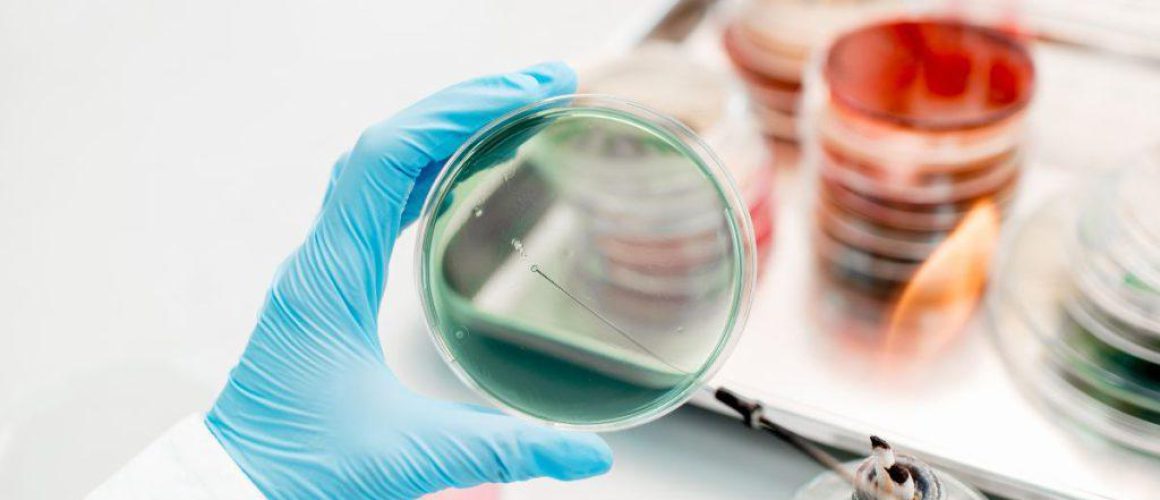Bacteriology: The Invisible World That Shapes Our Lives
Table of Contents
The role of the infinitely small in nature is infinitely great.
Louis Pasteur
Welcome to the fascinating world of bacteriology, the study of bacteria. These microscopic organisms, invisible to the naked eye, play a crucial role in our world, from our health to the environment. This cornerstone page serves as your guide to understanding the complex world of bacteria, their roles, and their impact on our lives.
Please note that this is a work in progress. I’m continually adding new content and updating existing articles to ensure that this page remains a comprehensive and up-to-date resource on bacteriology. So, make sure to check back regularly for new insights and information. Let’s embark on this journey of discovery together!
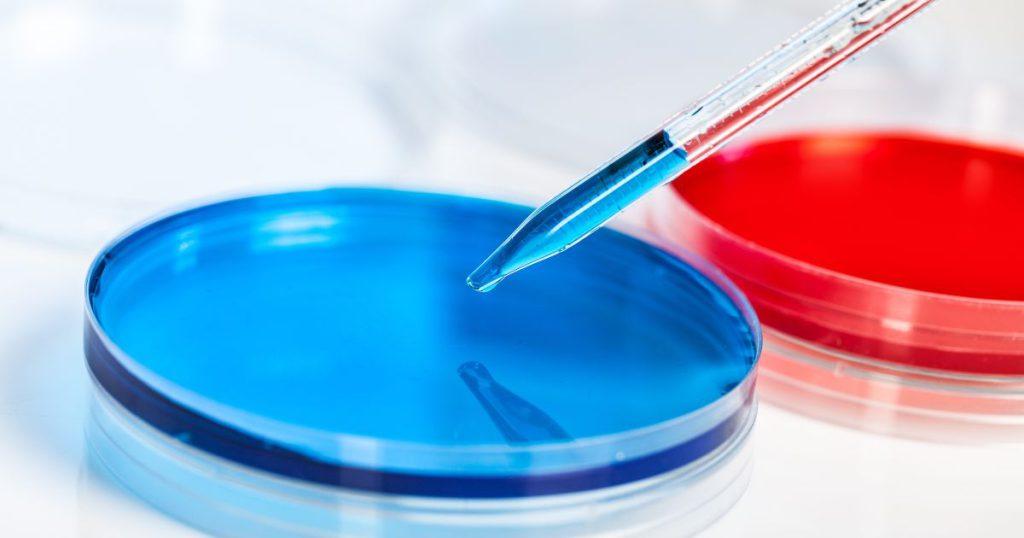
Basics of Bacteriology
Bacteriology, a sub-discipline of microbiology, is the study of bacteria, incredibly diverse single-celled organisms. These microscopic life forms exist in almost every habitat on Earth, including soil, water, and the human body.
In the “Basics of Bacteriology” section, we delve into the fundamental aspects of bacteria, providing a solid foundation for understanding these fascinating organisms. Here’s a brief overview of what you’ll find in each article:
- The Role of Bacteriology in Disease Diagnosis
- Bacterial Structure and Cell Morphology
- Bacterial Metabolism and Energy Production
- Bacterial Growth and Reproduction
- Bacterial Genetics and Gene Transfer Mechanisms
- Bacterial Classification and Taxonomy
Laboratory Techniques in Bacteriology
Microbiology lab: Staph Only!
The laboratory is where bacteriologists bring the invisible world of bacteria to life. Using a variety of techniques, they can identify, classify, and study bacteria in detail. Let’s explore some of these key techniques:
- Acid-Fast Staining (Ziehl-Neelsen, Kinyoun) and Interpretation
- Bacterial Identification Techniques and Laboratory Methods
- Biochemical Tests for Bacterial Identification
- Culture and Isolation of Bacteria
- Gram Staining and Interpretation
- Molecular Methods for Bacterial Detection and Identification
- Molecular Typing and Epidemiology of Bacterial Infections
- Serological Tests for Bacterial Identification

Pathogenesis and Virulence
Understand how bacteria cause disease and interact with their hosts:
- Bacterial Biofilms and Their Significance
- Bacterial Pathogenesis and Virulence Factors
- Bacterial Symbiosis and Interactions with Hosts
- Bacterial Toxins and Their Effects
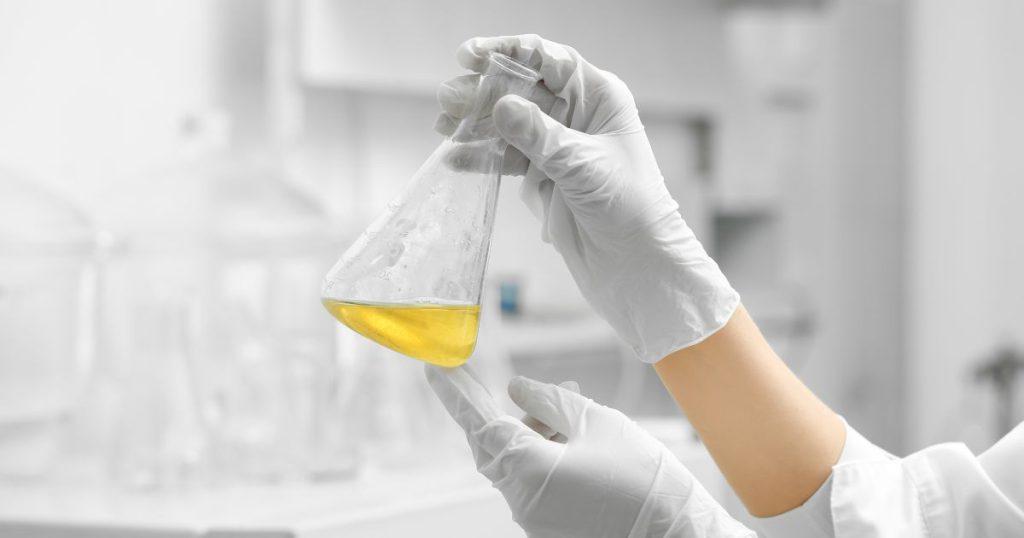
Bacterial Infections
Every disease is a sign of health.
Explore the wide range of infections caused by bacteria, from common conditions to serious diseases:
- Bacterial Endocarditis and Cardiovascular Infections
- Bacterial Eye Infections
- Bacterial Gastroenteritis and Diarrheal Diseases
- Bacterial Infections of the Gastrointestinal System
- Bacterial Infections of the Respiratory System
- Bacterial Infections of the Urinary Tract
- Bacterial Meningitis and Central Nervous System Infections
- Bacterial Osteomyelitis and Bone Infections
- Bacterial Respiratory Tract Infections
- Bacterial Sepsis and Bloodstream Infections
- Bacterial Sexually Transmitted Infections
- Bacterial Skin and Soft Tissue Infections
- Bacterial Urinary Tract Infections
- Bacterial Wound Infections
- Bacterial Zoonotic Infections
- Foodborne Bacterial Pathogens and Food Safety
- Hospital-Acquired Bacterial Infections
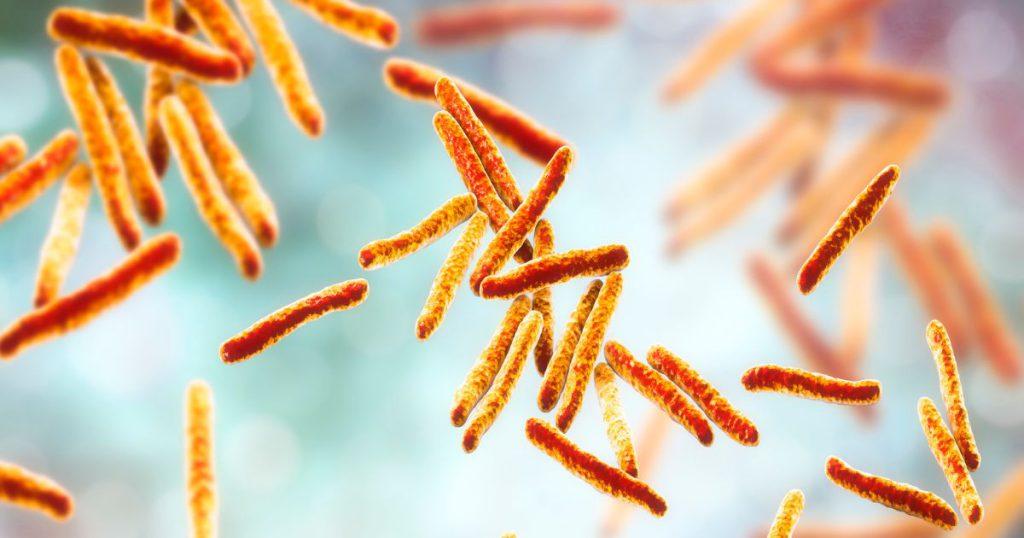
Bacterial Infections in Special Populations
Learn about the unique challenges of bacterial infections in specific populations:
- Bacterial Infections in Elderly Patients
- Bacterial Infections in Immunocompromised Patients
- Bacterial Infections in Pediatric Patients
- Bacterial Infections in Pregnancy and Congenital Infections
- Bacterial Infections in Travelers and Migrants
Antibiotic Resistance
Delve into the pressing issue of antibiotic resistance:
- Antibiotic Resistance in Bacteria
- Bacterial Antibiotic Susceptibility Testing
- Bacterial Resistance Mechanisms and Multidrug Resistance
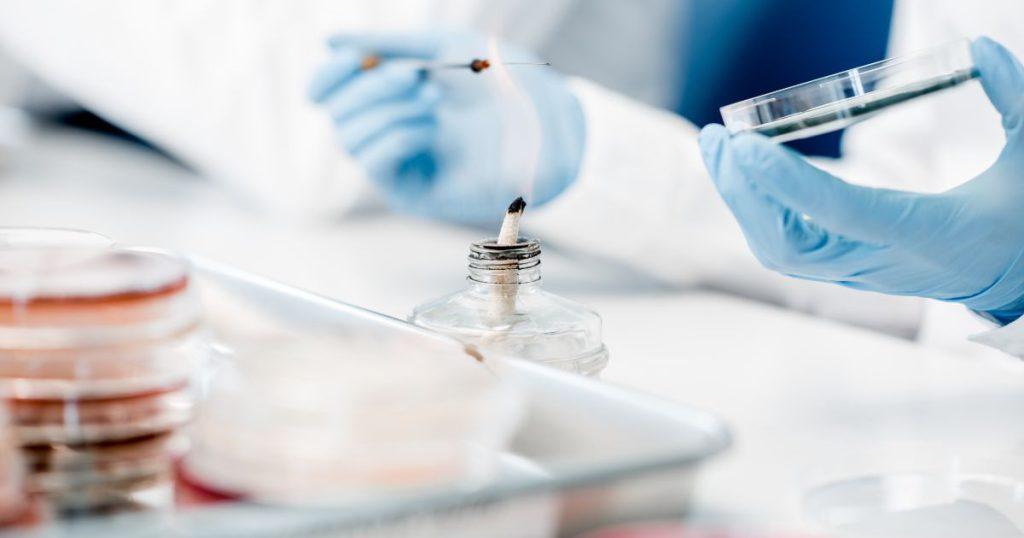
Bacterial Epidemiology and Surveillance
Discover how scientists track and study bacteria at the population level:
- Bacterial Biosecurity and Biosafety
- Bacterial Epidemiology and Surveillance
- Bacterial Genome Sequencing and Genomics
- Bacterial Resistance Surveillance and Monitoring
- Bacterial Vaccines and Immunization
- Bacterial Virulence Factors and Host Immune Responses
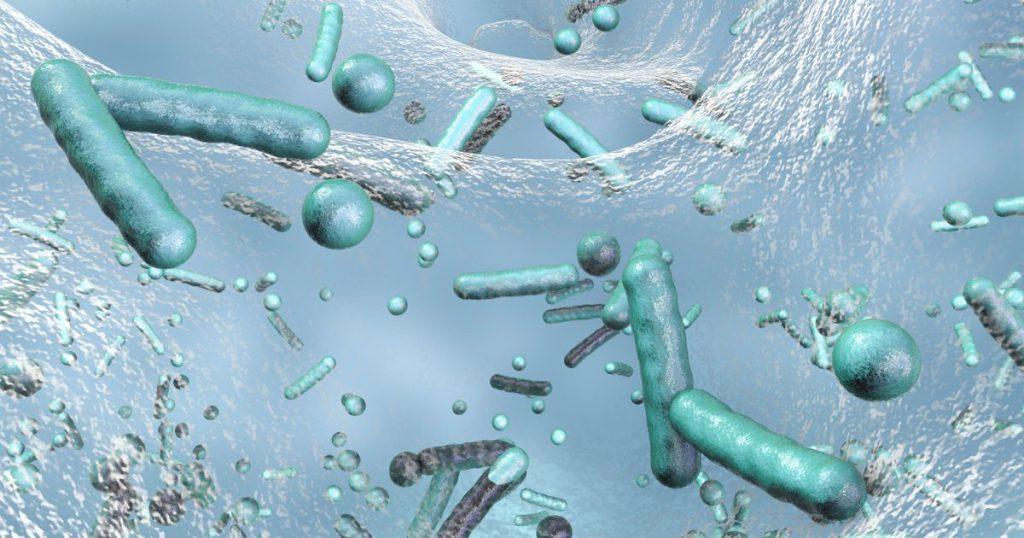
Whether you’re a student, a healthcare professional, or simply curious about the world of bacteria, this page is your gateway to understanding bacteriology. Happy reading!
Bacteria keeps us from heaven and puts us there.
This post is part of my Bacteriology category. Also check out my index page on Bacteriology.
Further Reading
Sean Schepers is a third-year Medical Technology student at Mahidol University with a passion for all things health and medicine. His journey into the world of medicine has led him to explore various fields. Sean's blog posts offer a unique perspective, combining his academic insights with personal experiences. When he's not studying or blogging, Sean enjoys keeping up with politics and planning his future career in medicine.
In addition to his studies, Sean serves as the chairman of the Rights, Liberties, and Welfare Committee, a role that reflects his commitment to advocacy and social justice. Beyond his academic pursuits, Sean offers tutoring services in English and Biology, further demonstrating his dedication to education and mentorship. His journey is one of continuous discovery, and he invites others to join him as he explores the dynamic and transformative world of medical technology.

